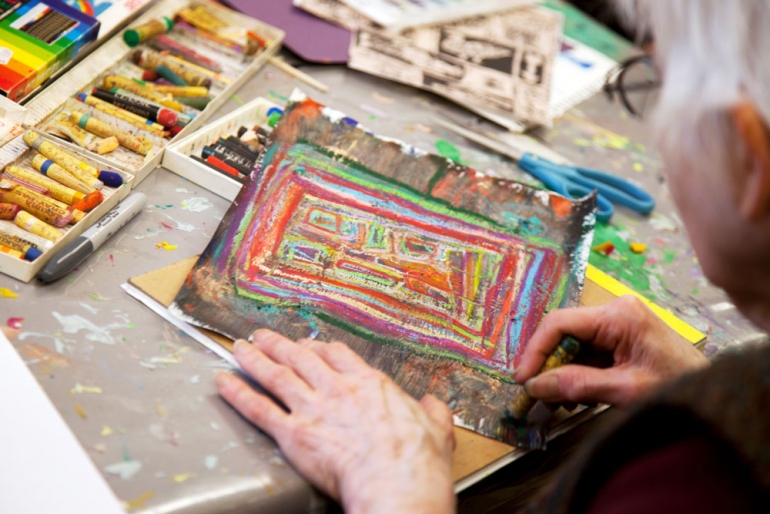The National Endowment for the Arts has published guidelines and application materials for two funding categories. The 2015 Art Works and Challenge America programs support projects anticipated to take place beginning in 2016. Any nonprofit 501(c)(3) organization, unit of state or local government, or federally recognized tribal community with at least a three year programming history is eligible to apply for project-based support through these two programs. Webinars are scheduled for January 21 and March 11, 2015 to provide technical assistance in the application process.
Steve's Blog
Measuring Cultural Engagement: A Quest for New Terms, Tools, and Techniques is a new report from the National Endowment for the Arts that summarizes a convening held at the Gallup Headquarters in Washington, DC, in June of 2014. The NEA and the Cultural Value Project (CVP) of the United Kingdom’s Arts & Humanities Research Council convened leading researchers, practitioners, and policymakers from a handful of countries to challenge assumptions about how and why public involvement in arts and culture is measured and to identify research needs and opportunities to promote more meaningful measurement.

Kathleen Masterson and Suzanne Leigh look at Art for Recovery, a pioneering program at the University of California San Francisco:
Since 2012, Sharnita Johnson has managed a $25 million grantmaking portfolio in education, health and family economic security at the W.K. Kellogg Foundation. Prior to that, she was a senior program officer at the Skillman Foundation, where she developed strategic partnerships and oversaw neighborhood development, arts and culture, and youth development grantmaking. In her role at Dodge, Johnson will direct the Foundation’s Arts grants, which foster a diverse and vibrant arts ecosystem, create broad-based public support of the arts, and support communities engaged in creative placemaking in New Jersey.
Barry Hessenius posted to Barry’s Blog:
From Richard Florida at Citylab:
From Eileen Cunniffe, writing for Nonprofit Quarterly:
After many months of rancor, which NPQ has followed with attention to the governance, management, and community relations implications of a messy nonprofit meltdown, the dust appears to be settling around the reconfigured Museum of Contemporary Art (MOCA) North Miami and the newly established Institute of Contemporary Art (ICA) Miami. The public mud-slinging began last spring, but trouble had been simmering for some time between the City of North Miami — which owns the building MOCA North Miami has long occupied — and the trustees of the institution, who wanted to expand the facility or move its collection to another location.
From Kerry Lengel, writing for the Arizona Republic:
From the editorial page of The Boston Globe:
Aroha Philanthropies prepared this video to advocate for the arts as a means for a more fulfilling and vital aging process.

